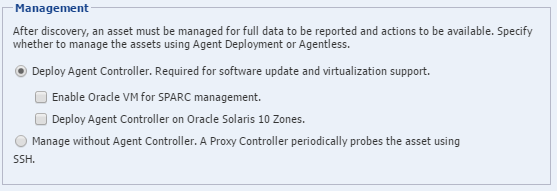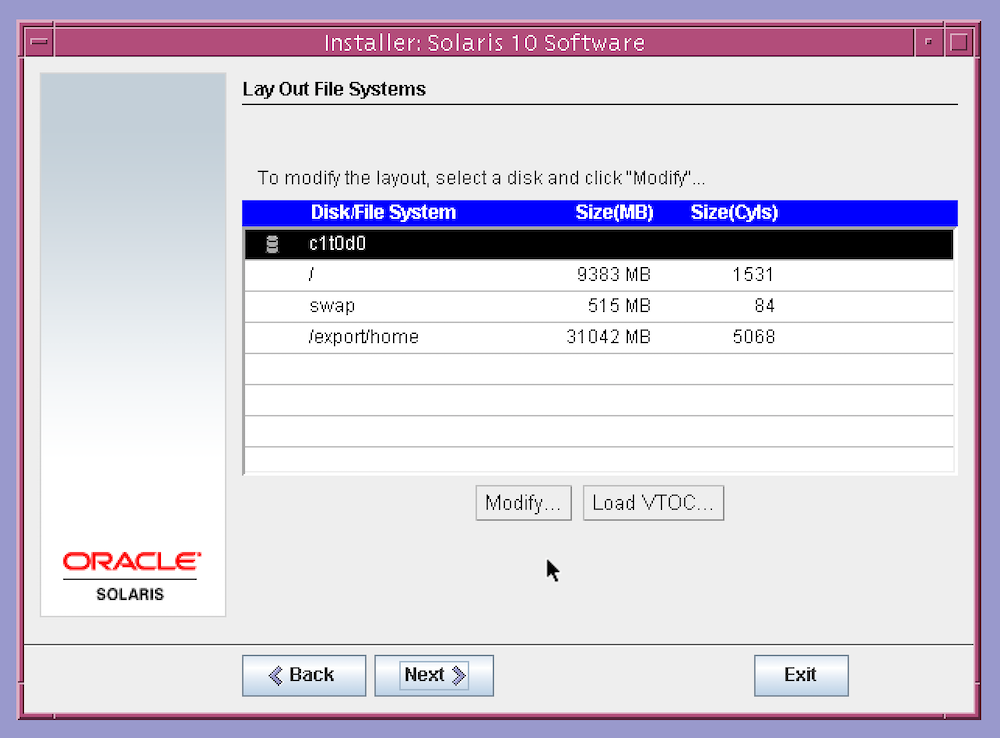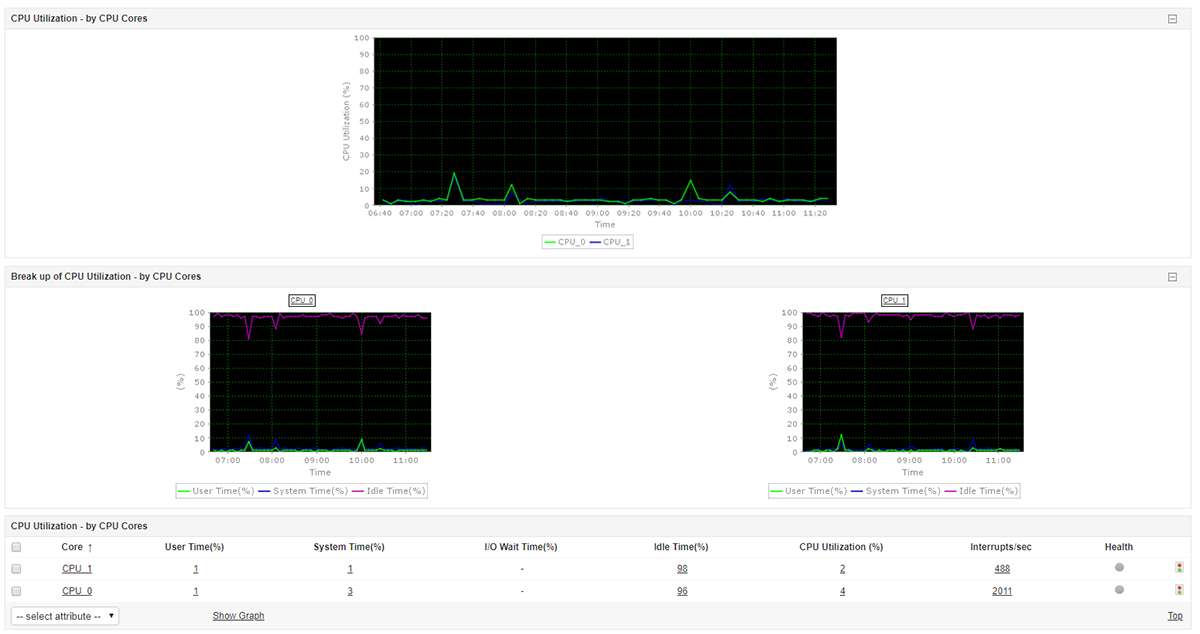hehehheh .. just want to share .. just in case somebody (perhaps) needs this kind of how to.
Solaris 10 is by default installed with SSH server and the clients. However, if you have chosen to ignore SSH at the time of installation or have started the install with a minimal install then you may need to install OpenSSH manually. The easiest way to install OpenSSH in Sun Solaris is to use the pre-compiled packages from sunfreeware. This article will show you how to restart the sshd service on Solaris 10. To Restart the SSH Service Login to the command-line terminal Run the command: svcadm HeatWare.net.
Why do we still use rsh for remote command instead of ssh which is more secure ? humm .. perhaps this kind of question will be raised by someone when his / her friend use this kind of command to do the remote command from other machine.
Enable Ssh On Windows 10
Yeps, that’s true .. ssh is more secure than rsh .. but … there’s special case that some service still needs rsh as a mandatory checlist for it to run normally. In my case .. cacti !!!
Cacti service still needs rsh to pool its data from other machine for it to be able to draw such a statictic graph.
So .. here it is how to enable rsh service in solaris 10 :
Checking whether rsh service up or not by :
telnet target_ip_address 513
if the answer like below :
Trying target_ip_address…
Connected to target_ip_address.
Escape character is ‘^]’.

so it’s fine, i mean the rsh already UP and running, next just need to make sure that you can do remote command with rsh by :
rsh target_ip_address -l username ls (try to list directory through remote command).
if you can see the result .. so it’s fine .. everything it’s fine .. no need to read my next writing.
But if none of above happen .. so .. you need to :
– enable rsh on remote machine by:
svcadm enable svc:/network/login:rlogin --> this is for enabling rlogin
svcadm enable svc:/network/shell:default --> this is for enabling remote shell command
– add in the .rhosts under home directory of target machine like below (to be able to login without password) :
ip_address_or_hostname_from_machine_want_to_login_in username_used_by_machine_want_to_login_in
for example, if i have 2 server :
Server A and Server B.

How To Enable Ssh Linux
then Server A with username = super wants to login to Server B with username = kampret
So what you need to do just :
on server B :
– enable rsh and shell/default service as mention in tutorial above.

How To Enable Ssh Cisco
– login to server B normally with user kampret and then just go to kampret’s home directory and create file with .rhosts as its name and write below on it :

server_A_IP_ADDRESS_or_HOSTNAME super
that’s it … no need for changing something else on server A.
Thank you .. hopefully it will be usefull for everyone.
-SuperpinjaL-
The ssh program enables you to log into and execute commands on a remote system. ssh enables encrypted communications and an authentication process between two untrusted hosts over an insecure network.
In this procedure, you first create a DSA key pair. From the key pair, you append the public key from the source system to the authorized_keys file on the target systems.
Figure: Creating the DSA key pair and appending it to target systems illustrates this procedure.

Figure: Creating the DSA key pair and appending it to target systems
Read the ssh documentation and online manual pages before enabling ssh. Contact your operating system support provider for issues regarding ssh configuration.
Visit the OpenSSH website that is located at: http://openssh.org to access online manuals and other resources.
To create the DSA key pair
- On the source system (sys1), log in as root, and navigate to the root directory.
- Make sure the
/.sshdirectory is on all the target installation systems (sys2 in this example). If that directory is not present, create it on all the target systems and set the write permission to root only:Solaris 10:
Solaris 11:
Change the permissions of this directory, to secure it.
Solaris 10:
Solaris 11:
- To generate a DSA key pair on the source system, type the following command:
System output similar to the following is displayed:
For Solaris 11:
- Press Enter to accept the default location of
/.ssh/id_dsa. - When the program asks you to enter the passphrase, press the Enter key twice.
Do not enter a passphrase. Press Enter.
Press Enter again.
How To Enable Ssh In Solaris 10 Operating System
To append the public key from the source system to the authorized_keys file on the target system, using secure file transfer
- Make sure the secure file transfer program (SFTP) is enabled on all the target installation systems (sys2 in this example).
To enable SFTP, the /etc/ssh/sshd_config file must contain the following two lines:
- If the lines are not there, add them and restart ssh.
To restart ssh on Solaris 10 and Solaris 11, type the following command:
- From the source system (sys1), move the public key to a temporary file on the target system (sys2).
Use the secure file transfer program.
In this example, the file name
id_dsa.pubin the root directory is the name for the temporary file for the public key.Use the following command for secure file transfer:
If the secure file transfer is set up for the first time on this system, output similar to the following lines is displayed:
- Enter yes.
Output similar to the following is displayed:
- Enter the root password of sys2.
- At the sftp prompt, type the following command:
The following output is displayed:
- To quit the SFTP session, type the following command:
- To begin the ssh session on the target system (sys2 in this example), type the following command on sys1:
Enter the root password of sys2 at the prompt:
- After you log in to sys2, enter the following command to append the id_dsa.pub file to the
authorized_keysfile: - After the id_dsa.pub public key file is copied to the target system (sys2), and added to the authorized keys file, delete it. To delete the id_dsa.pub public key file, enter the following command on sys2:
- To log out of the ssh session, enter the following command:
- Run the following commands on the source installation system. If your ssh session has expired or terminated, you can also run these commands to renew the session. These commands bring the private key into the shell environment and make the key globally available to the user root:
This shell-specific step is valid only while the shell is active. You must execute the procedure again if you close the shell during the session.
To verify that you can connect to a target system
How To Enable Ssh In Solaris
- On the source system (sys1), enter the following command:
where sys2 is the name of the target system.
- The command should execute from the source system (sys1) to the target system (sys2) without the system requesting a passphrase or password.
- Repeat this procedure for each target system.
